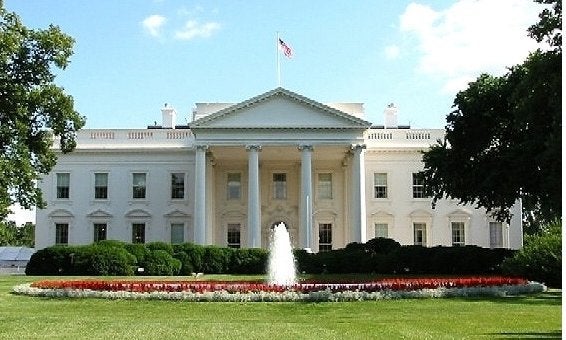
It's no surprise that the Bush administration relies heavily on industry for its policy making.
Most of that advice is kept rigorously secret. The pattern was set in the earliest days of the administration, when Cheney began meeting behind closed doors with oil and gas companies to draft the administration's energy policy. Many details of those meetings remain secret, despite a vigorous court fight.
But the Food and Drug Administration apparently wasn't told that it should keep its industry dealings out of sight.
The issue involves the safety of bisphenol A, or BPA, a component of various plastics, including those used for baby bottles, and the hard, clear plastics used in Nalgene water bottles and the like. BPA is also used as a liner in many food and beverage cans to prevent the food from acquiring a metallic taste.
Many animal studies show that BPA is hazardous and can cause birth defects. Its effect on humans is unclear as of yet, but the animal studies raise considerable concern about possible hazardous effects on humans. We are animals, too.
The Washington-based Environmental Working Group has found that most of us are continually being exposed to BPA. It cites studies showing that BPA in bottles and cans seeps into food. And researchers have found BPA in human breast milk, serum, saliva, and cord blood.
A website run by the American Plastics Council, the plastic-industry trade group, shrugs off any concern. "Consumer products made with BPA are safe for their intended uses and pose no known risks to human health," it says.
Now back to the FDA and its industry ties. In April, the U.S. government's National Toxicology Program issued a report raising serious concerns about the harm that BPA could cause to human growth and development. Two days later, the Canadian government took various actions to reduce BPA exposure, including restricting its use in baby bottles and in cans containing infant formula.
Nalgene and Playtex quickly announced a shift to BPA-free products. Wal-Mart and Toys-R-Us announced they would phase out baby bottles containing BPA.
And the FDA issued its report on BPA: "We believe," the FDA said, that "there is a large body of evidence that indicates that FDA-related products containing BPA currently on the market are safe."
Where did the FDA come up with that conclusion?
In a letter to House Committee Chairman John Dingell (D-Mich.), the FDA said its conclusion was "based on our most recently completed reviews of two pivotal multigenerational oral studies."
The first was a study in which BPA was fed to mice. The study, the FDA said, was "sponsored by the American Plastics Council." It confirmed that BPA was safe.
The second was a study in which BPA was fed to rats. Sponsored by the American Plastics Council. In that study, too, BPA got passing grades.
Two pivotal studies, both sponsored by the plastics industry.
Dingell fired off a response asking why the FDA relied on those two studies.
"Given that there are dozens of published, peer-reviewed studies related to BPA, your development of critical public health policy in this manner, especially as related to infants and children, seems highly questionable."
It's a reasonable question. And here is another one: If the FDA was going to rely almost entirely on industry-sponsored studies to come to its conclusions, why didn't it try to hide that? Why admit it openly?
Perhaps the FDA was counting on the public and press to pay little attention. And that, indeed, is largely what happened.